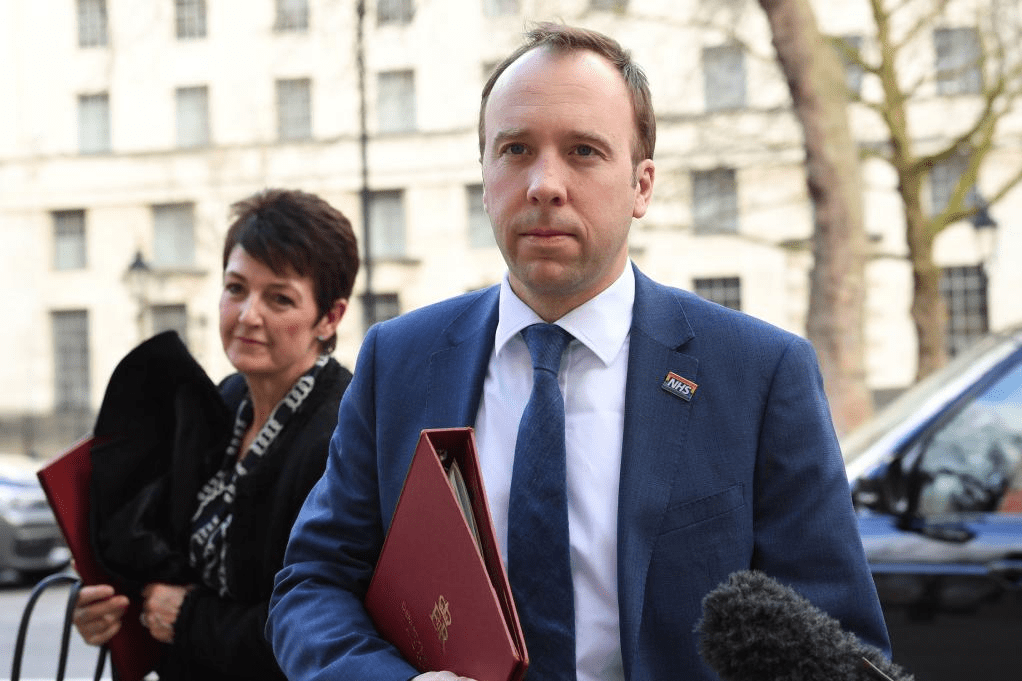Lockdown is the new normal, yet it may not have had to be. In January, the coronavirus whipped round the streets of Wuhan, tallying up deaths in quantities that have only recently been revealed. Scientists at Imperial College London raised concerns that the virus could be more contagious than the Spanish Flu, and recommended preventative action.
Meanwhile in the UK, the roads were jammed, lecture theatres were packed, and it was perfectly normal to stand within 2 metres of others. As the government focussed on withdrawing from the EU and tackling flooding, the coronavirus was not deemed a priority. It was, as Matt Hancock said, a ‘low’ level threat to the country. Boris enjoyed a holiday with his fiance over half term, and celebrated Chinese New Year instead of attending a Cobra meeting on the coronavirus.
In early February, I was writing an article on the virus. By this point, there were two confirmed cases in the UK. I looked across the border to Wuhan and saw the capacity for the virus to spread out of control. My article was a postulation, an attempt to draw together the minutiae of Matt Hancock’s communications with the general public to examine their strategy. The way the government viewed the threat of the coronavirus might best be gauged by the fact that Boris Johnson was, at that very moment, enjoying a 12 day ‘working holiday’ with his fiance.
This period is now the subject of a damning Sunday Times feature, scrutinising the 5 weeks in which the government failed to act. 5 weeks in which Boris Johnson attended none of the Cobra meetings. 5 weeks in which thousands flew in from overseas without being checked at the border, allowing the virus safe passage into the UK. Indeed, a Southampton University study showed that 190,000 people flew into the UK from Wuhan and other high risk areas between January and March. Up to a tenth of them are estimated to have been infected with COVID- 19.

Scientists voiced their concerns about the deadly potential of the virus, but their worries fell on deaf ears. A senior adviser said Boris Johnson “didn’t work weekends…. There was a real sense that he didn’t do urgent crisis planning.” To add to this lack of urgency, years of austerity had sucked the blood from the UK’s pandemic provisions, leaving the NHS alarmingly deficient in resources. A source said “If you were with senior NHS managers at all during the last two years, you were aware that their biggest fear, their sweatiest nightmare, was a pandemic because they weren’t prepared for it”.
The second key failing, after allowing the virus to enter the UK, was failing to contain it. The government responded with a containment model designed for the flu. Chris Whittey and Matt Hancock pushed forward with ‘herd immunity’, which didn’t require lots of testing (a representative group for 110 UK testing companies said the government didn’t ask for help with testing provisions until April 1st). The British Healthcare Trades Association was willing to offer PPE from February, but their offers were only accepted in April. The virus was not dealt with like it was highly contagious or highly deadly, but a threat that was very much under control already.
A senior health adviser said, “A pandemic was always at the top of our national risk register — always — but when it came we just slowly watched. We could have been Germany but instead we were doomed by our incompetence, our hubris and our austerity.”
Come early March, I went to a lecture and had to be dragged home by my friend. I felt too exhausted to move for a week and developed a cough and minor respiratory problems. After phoning the doctors I was asked a series of automated questions about overseas travel and told that I could only be tested if I’d been in contact with a confirmed case. I could suspect multiple sources of the virus, be it the person who was coughing through my seminar or my flatmate who’d just flown in from the Alps and now had similar symptoms. Still, we laughed it off. “It’s the flu, not coronavirus,” we said as I, my sister, then, weeks later, my neighbour, got ill (potentially after collecting a parcel which was delivered to our house). He was ill enough to be admitted to hospital, where he was confirmed to have coronavirus. So it spread, as, like a colony of ants, the UK moved. Without any restrictions, Fruity, Mission and Beaverworks continued to sell out, as people jammed into small spaces to enjoy themselves.
It seemed to happen in slow motion, as if we were powerless to do anything about the virus. As if the government were unable to shut down pubs and clubs, or restrict our movement. I don’t know if I had the virus then, but that’s the point. The containment phase, whereby each case was meant to be tracked and monitored, was unacceptably flawed, with poor access to testing and no guidance about isolation.
Finally, on the 23rd March – weeks after other European countries – we entered a lockdown. It was clear that the containment stage had failed, and the NHS was flailing under the weight of cases. With insufficient PPE in hospitals and care homes, over 50 NHS workers died. More than 150,000 people have been confirmed to have COVID-19 in Britain and the total UK death toll has surpassed 20,000. That is a tenth of the total worldwide deaths.
Downing Street said “Our response has ensured that the NHS has been given all the support it needs to ensure everyone requiring treatment has received it, as well as providing protection to businesses and reassurance to workers. The Prime Minister has been at the helm of the response to this, providing leadership during this hugely challenging period for the whole nation.”
Image: Stefan Rousseau

